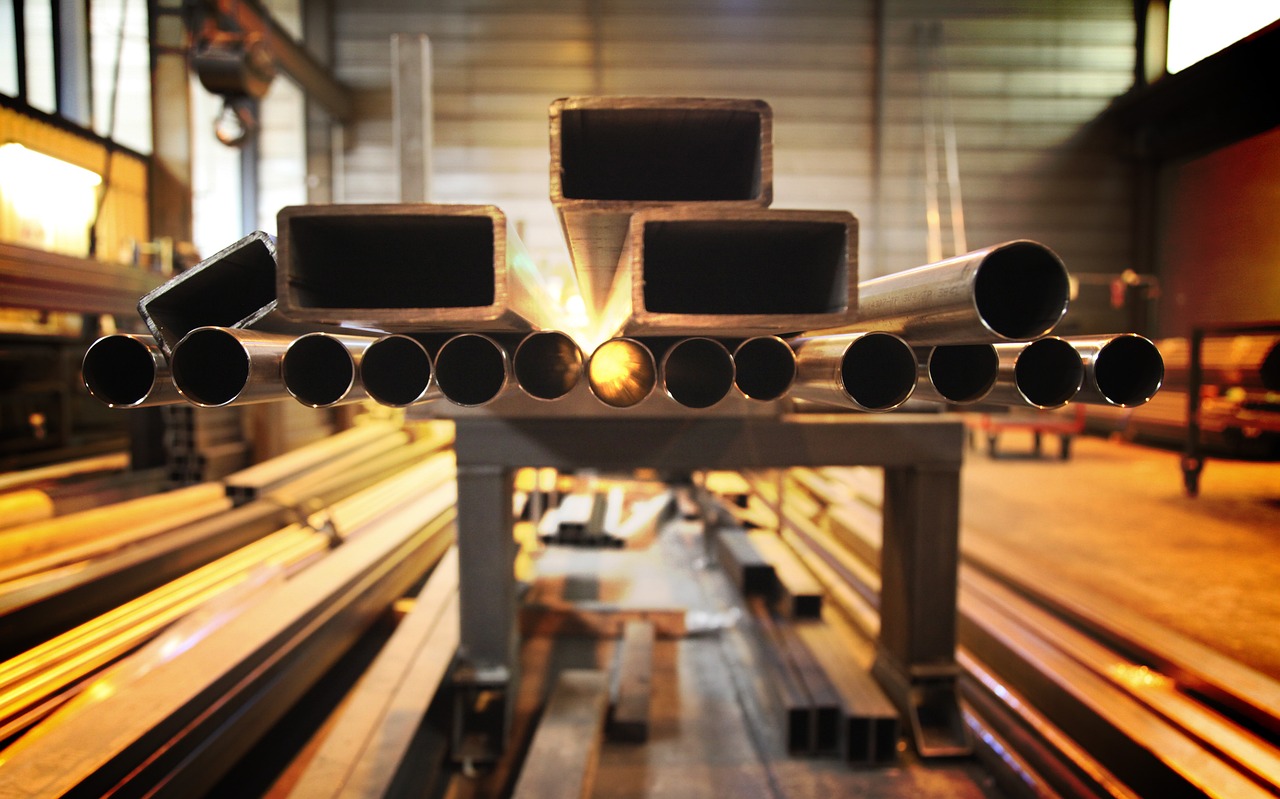Innovations in Steel Reinforcement Technology: Advancements and Trends
Steel reinforcement is an essential component of concrete structures, providing strength, durability and stability to concrete to turn it from a compressively strong material with weak tensile strength, into a massively versatile construction material. However, traditional steel reinforcement methods have some limitations, such as high labor and material costs, corrosion risk, complex installation and waste generation.
To overcome these challenges, researchers and engineers continuously develop innovative steel reinforcement technologies that offer improved performance, efficiency and sustainability. In this article, we will explore some of the interesting and exciting new areas and technologies that have either just been released or will be available within the next 3-5 years.
External Prestressed Reinforcement
One of the emerging technologies for strengthening existing concrete structures is external prestressed reinforcement, which involves applying prestressed steel strands to the surface of the concrete. This method can enhance the bending strength and stiffness of prestressed concrete continuous girders, which are widely used in bridge construction. A recent study in China demonstrated the effectiveness of this method by using construction process monitoring, field load testing and health monitoring after reinforcement.
New Building Materials with Steel Reinforcement
Another trend in steel reinforcement technology is the development of new building materials that incorporate steel fibers or bars to enhance their properties. For example, hemp concrete is a low-carbon alternative to conventional concrete that uses hemp fibers as a reinforcement. Hemp concrete has high thermal insulation, fire resistance and biodegradability. A recent study in France showed that hemp concrete can be further reinforced with steel fibers to increase its mechanical strength . Another example is 3D-printed concrete, which is a digital fabrication technique that can create complex shapes and structures with less material and waste. 3D-printed concrete can be reinforced with steel bars or meshes (like this one from Heaton Manufacturing Ltd.) to improve its structural performance and durability. A recent review paper summarized the current state-of-the-art of 3D-printed concrete structural members and their design, analysis and testing methods.
Corrosion-Resistant Steel Reinforcement
Corrosion is one of the main causes of deterioration and failure of reinforced concrete structures, especially in harsh environments such as marine or industrial areas. To prevent or reduce corrosion, various types of corrosion-resistant steel reinforcement have been developed, such as galvanized, stainless clad or stainless steel rebar. Galvanized rebar is coated with zinc to protect it from rusting, while stainless clad rebar has a thin layer of stainless steel on its surface. Both types are cheaper than stainless steel rebar, but still offer high corrosion resistance. Stainless steel rebar is the most durable option, but also the most expensive. It can resist chloride-induced corrosion, which is common in coastal areas.
Computer Modeling Systems
Computer modeling technologies are essential tools for designing steel reinforcement in large scale construction projects. They allow engineers to simulate the structural behavior of reinforced concrete elements under various loading conditions, optimize the amount and placement of steel bars, and reduce the risk of cracking, corrosion, and failure. Some of the new computer modeling technologies that help to improve and streamline the design of steel reinforcement are:
- Artificial intelligence (AI) and machine learning (ML)
AI and machine learning enables the analysis of large amounts of data from previous projects, experiments, and field tests, to generate optimal design solutions based on predefined criteria and constraints. AI and ML can also learn from feedback and improve their performance over time.
- Building information modeling (BIM)
This technology creates a digital representation of the physical and functional characteristics of a building, including its structural components, materials, geometry, and spatial relationships. BIM facilitates the integration and coordination of different disciplines involved in the design process, such as architecture, engineering, and construction. BIM also enables the visualization and simulation of the structural performance of reinforced concrete elements in 3D.
- Finite element analysis (FEA)
FEA uses mathematical models to approximate the behavior of complex structures under various loading scenarios. FEA divides the structure into smaller elements and applies equations to each element to calculate the stresses, strains, displacements, and deformations. FEA can also account for nonlinear effects such as cracking, plasticity, and creep.
Steel reinforcement technology is undergoing rapid innovation and transformation, driven by the needs and demands of the construction industry. The new technologies and materials discussed in this article are only some examples of the many advancements and trends that are shaping the future of reinforced concrete structures. These innovations offer significant benefits in terms of performance, efficiency and sustainability, but also pose new challenges and opportunities for research and development.
